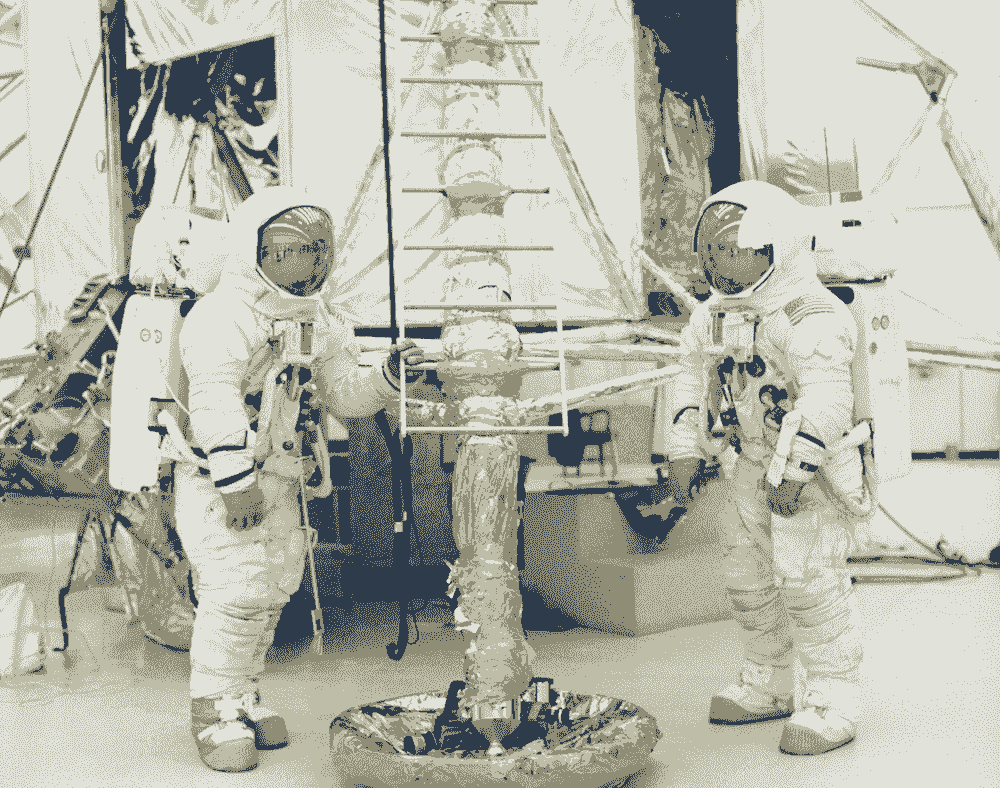Good morning,
Most of our blog posts use images from NASA’s image archive instead of the usual stock images used in tech or workplace articles elsewhere.
These images are in the public domain and often contain a story unto themselves. This is one of my favorites.
In this picture, Jim Lovell (left) and Fred Haise pose at the foot of a Lunar Module simulator in January of 1970. They were prepping for the fateful Apollo 13 mission in April.
Simulators played a massive role in preparation for the Apollo missions. Each member of the crew spent 400 hours in them as part of their training.
But the simulators not only helped train the astronauts. In addition, they were a platform to work out–in atomic-level detail–the step-by-step playbooks used during the missions. A sort of continuous integration process in today’s software delivery parlance.
During the Apollo 13 mission, astronauts on the ground sat in the simulator to iterate over potential solutions to the problems encountered during the mission, ultimately enabling the astronauts to return home. The CI system was a life-saver.
NASA as an institution represents ingenuity, collaboration at scale, carefully calculated risk, and progress for humankind: engineering at its finest.
We have nothing against the usual stock images of bright-eyed models with laptops and coffee–often, they illustrate/emphasize a theme very well. But for us, it’s a lot more fun and inspirational to try and connect our articles with these fascinating points in history.
Have a great weekend!
Henry

